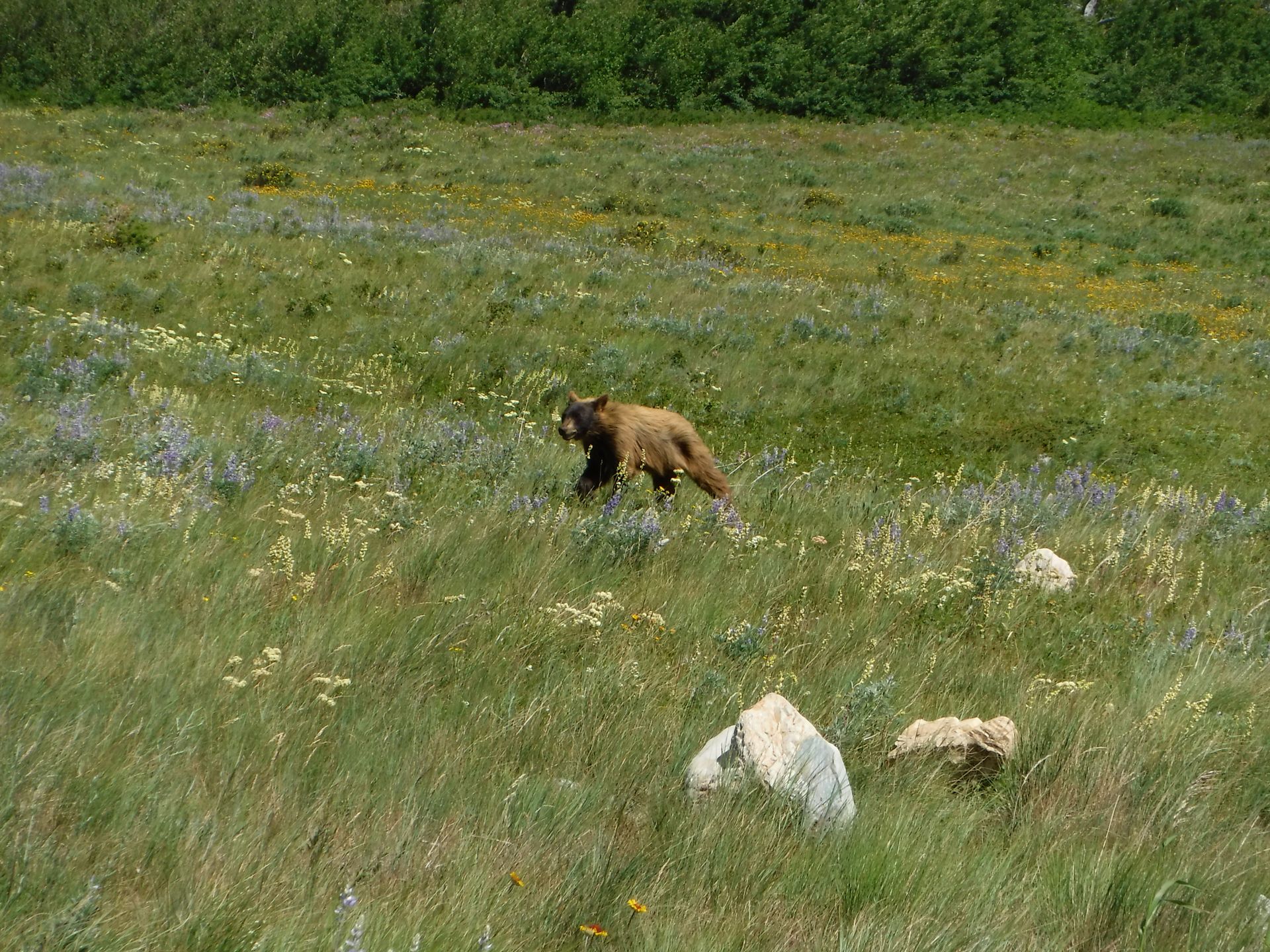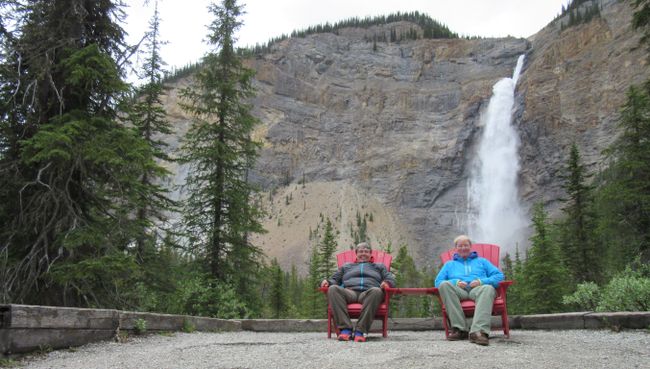Dinosaurs, deer, bison, and and and
Δημοσίευσε: 14.05.2018
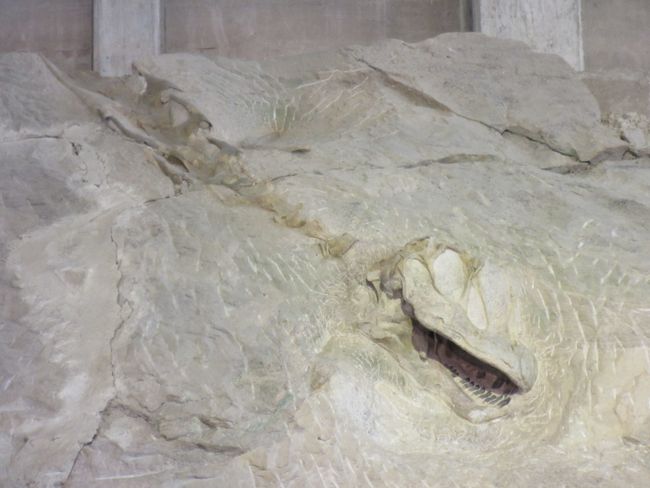
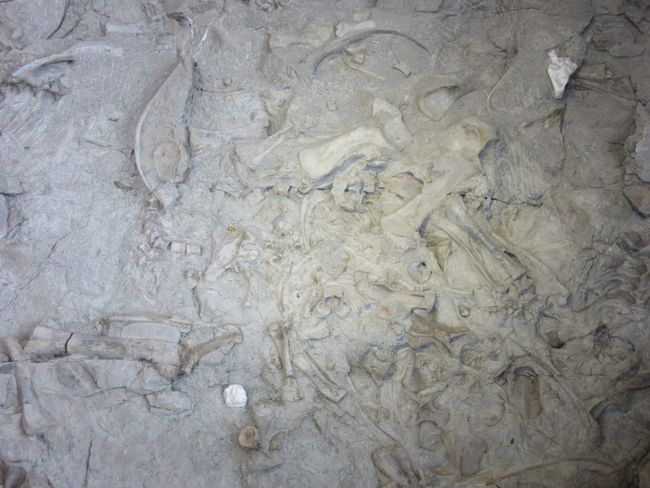
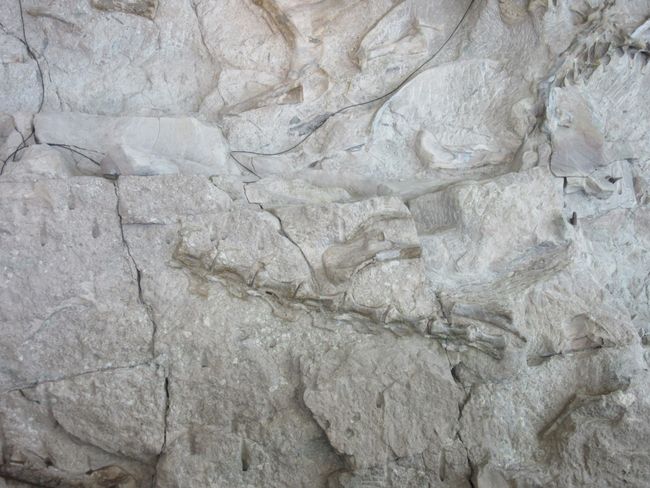
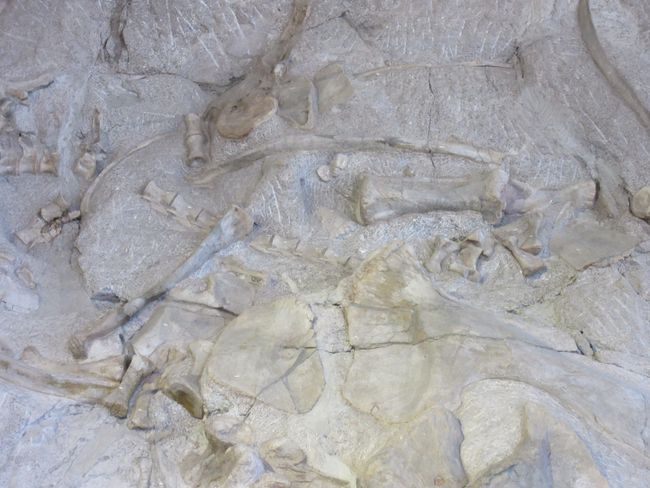
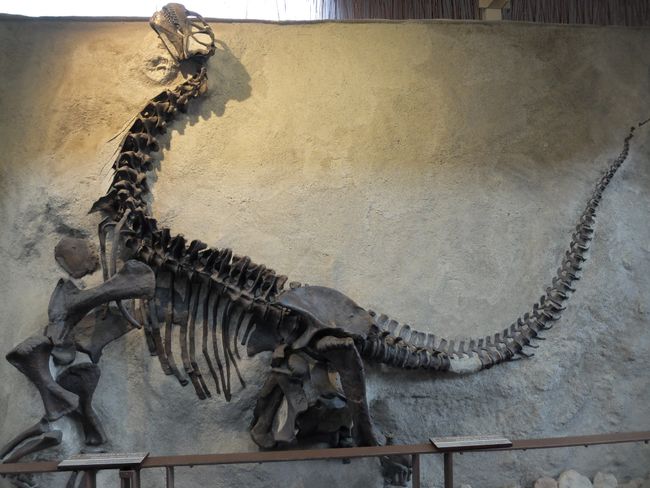
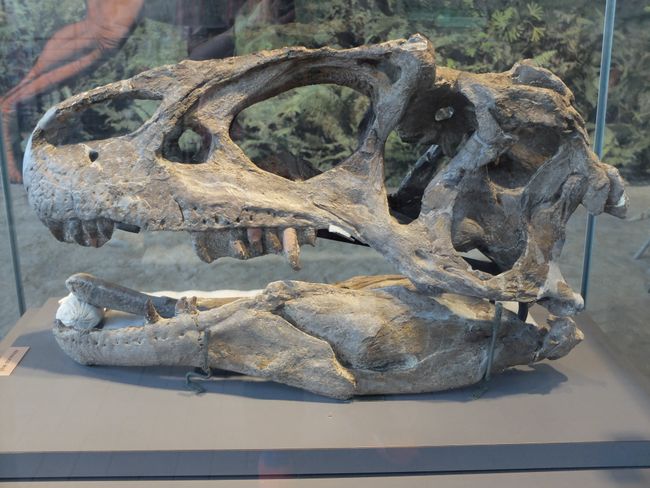
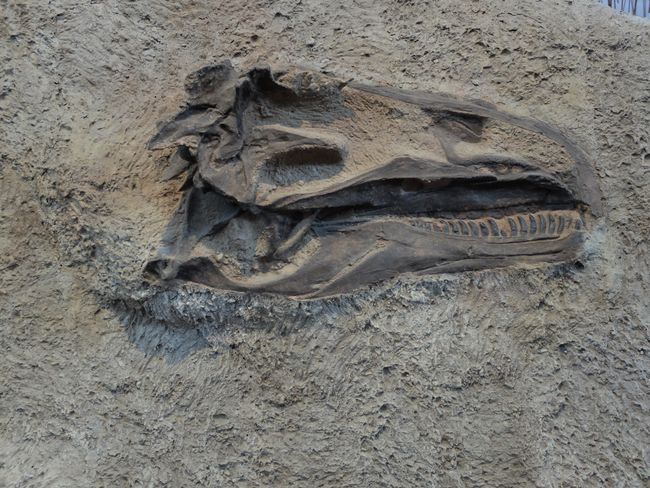
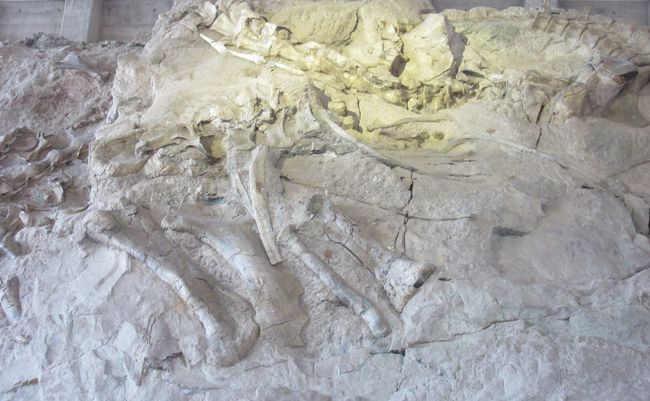
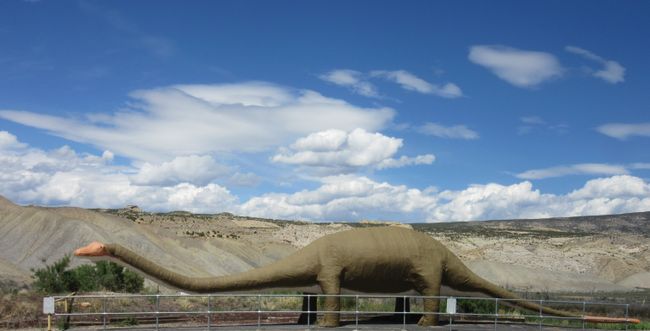
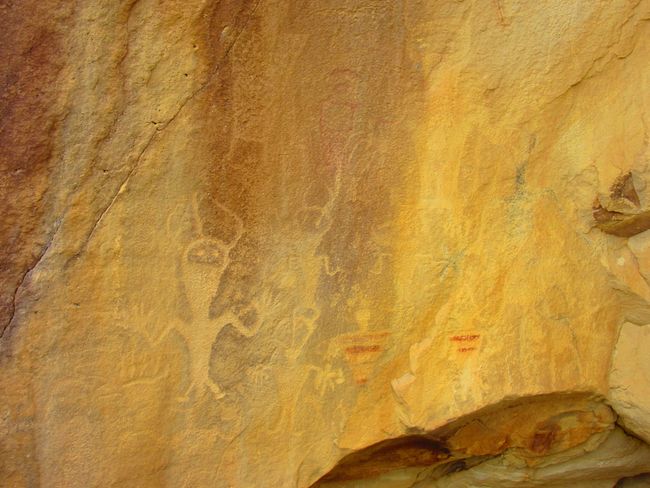
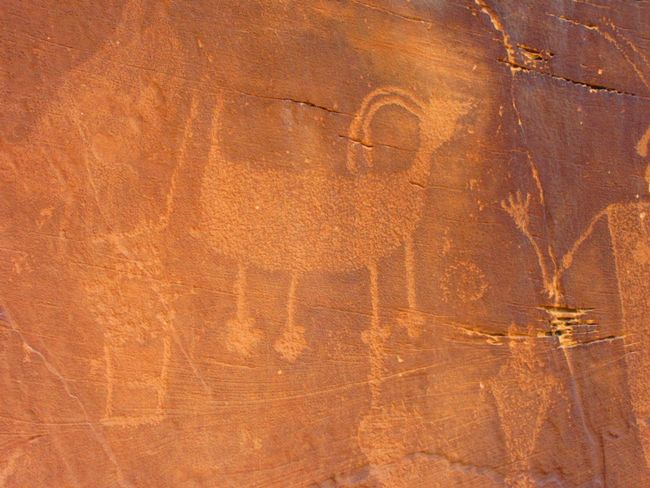
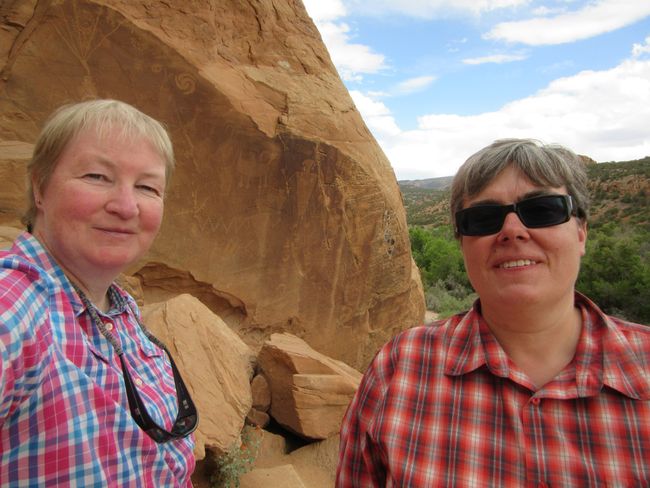
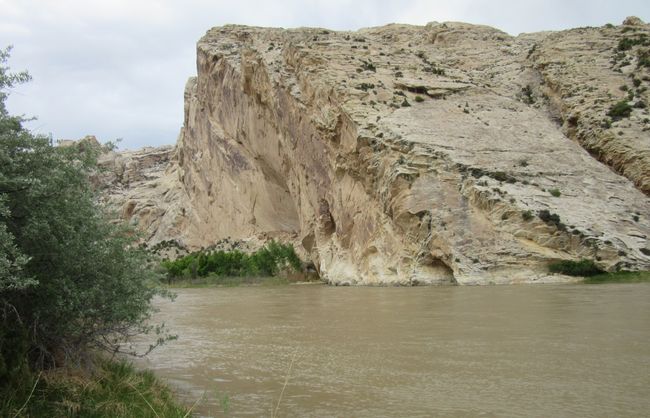
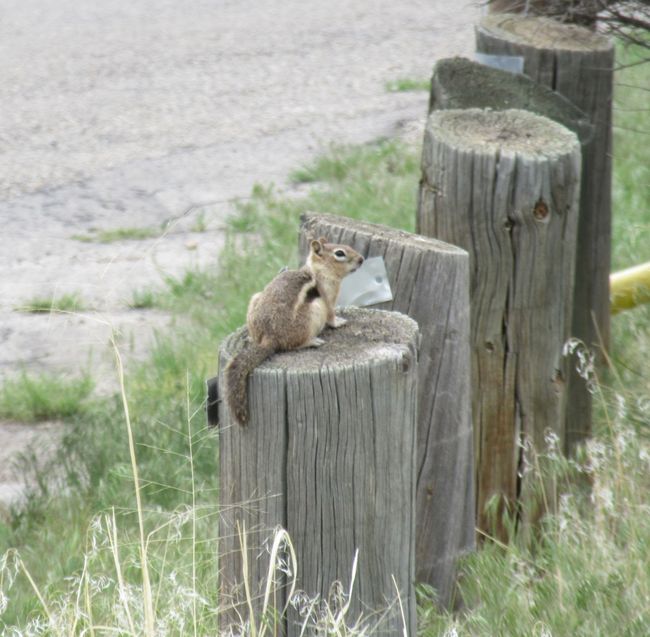
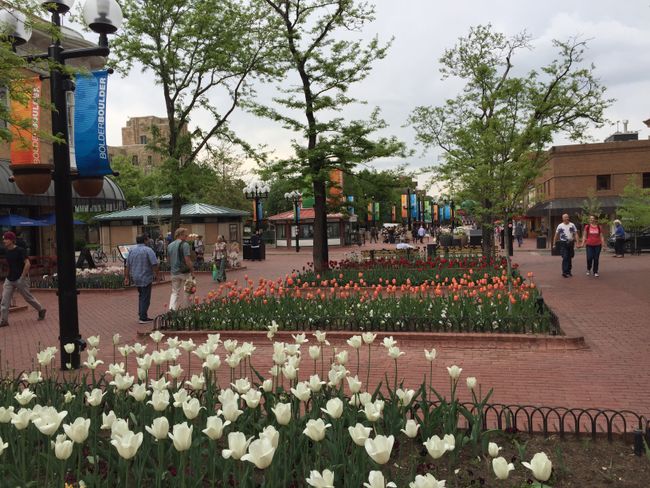
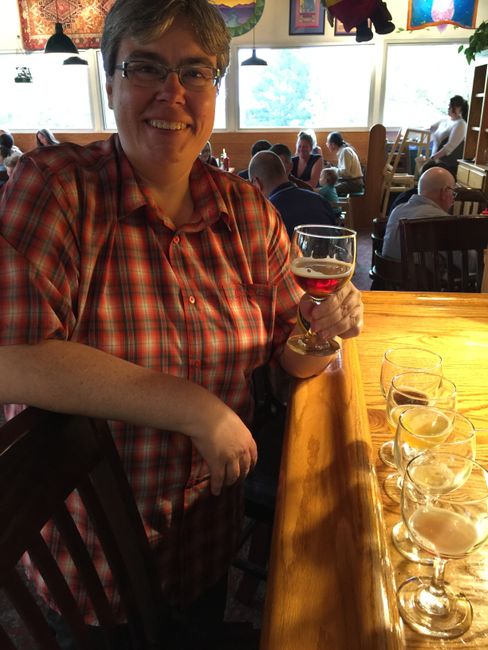
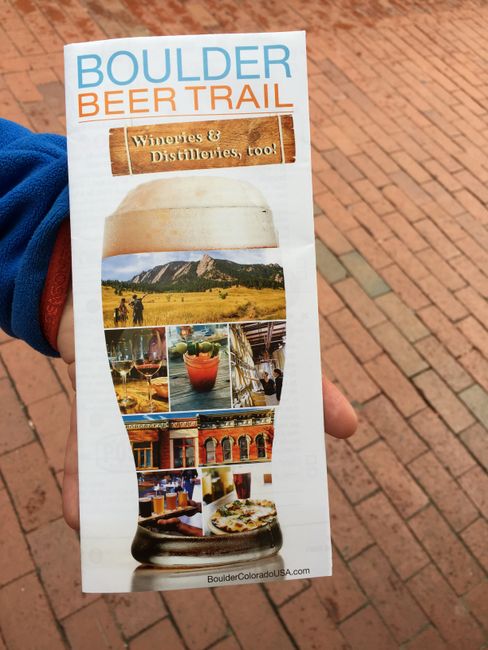
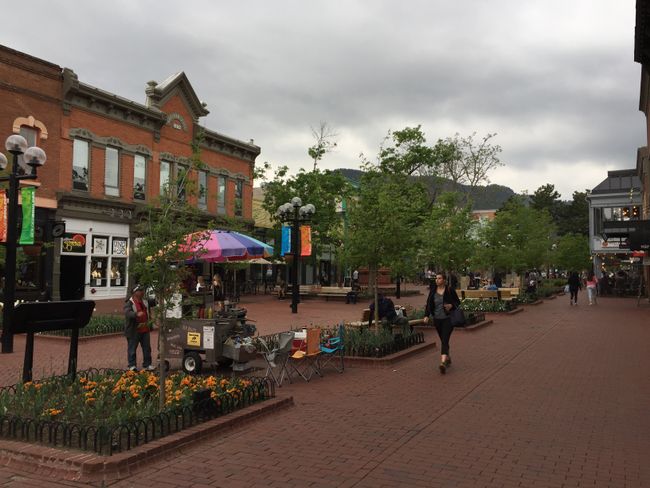
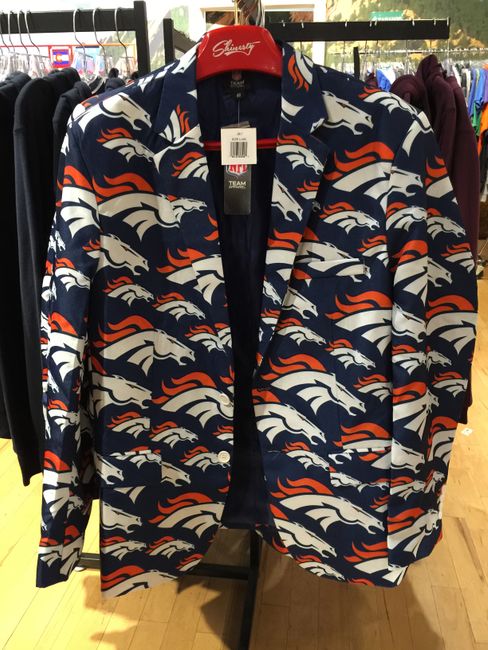
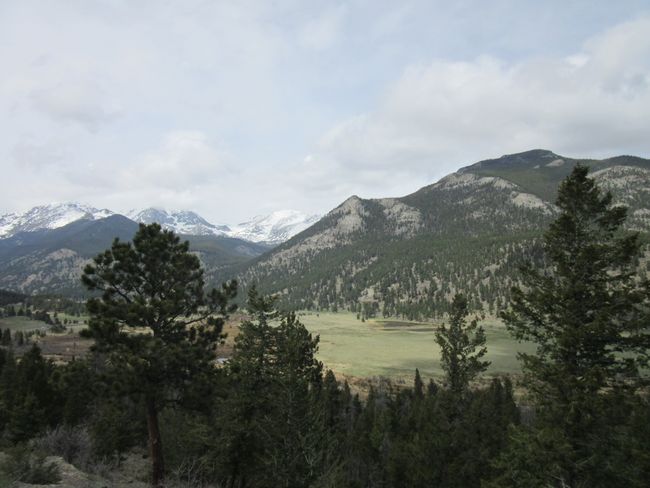
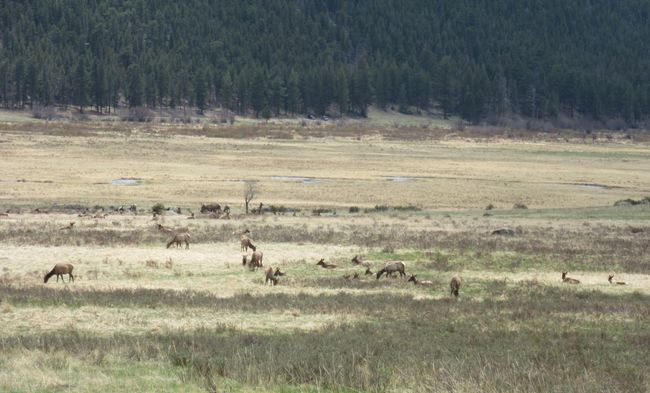
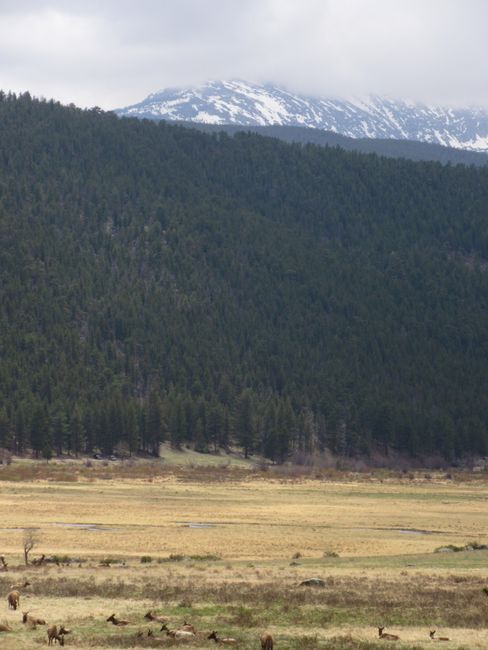
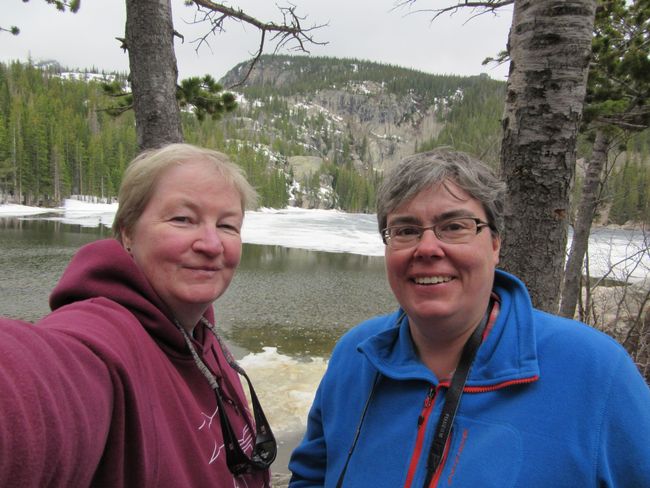
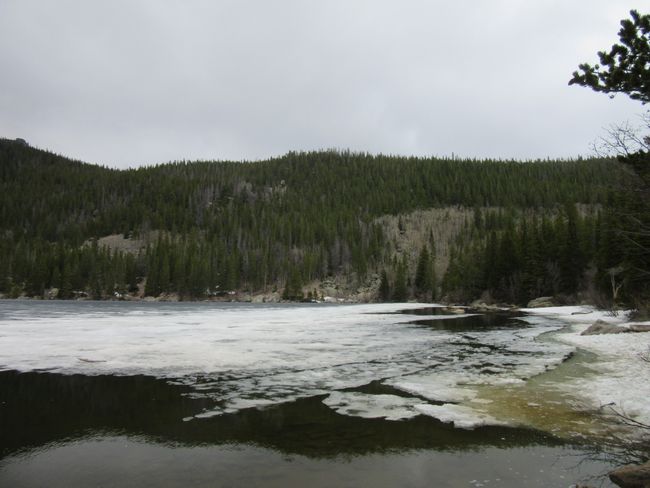
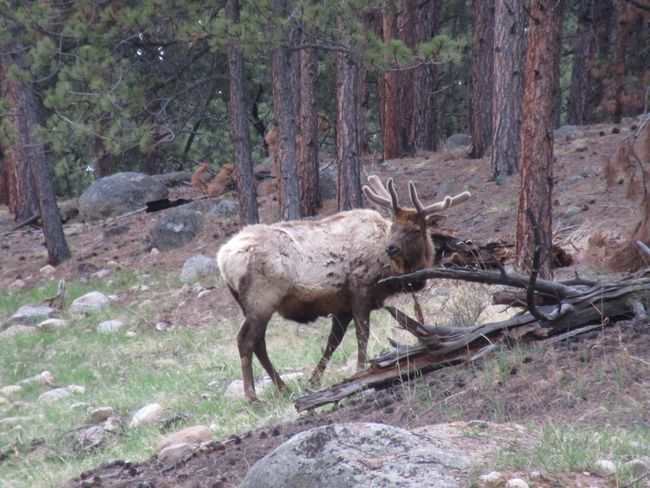
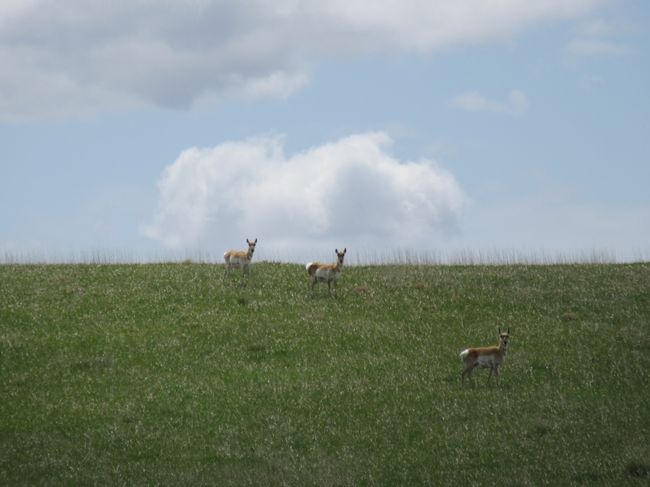
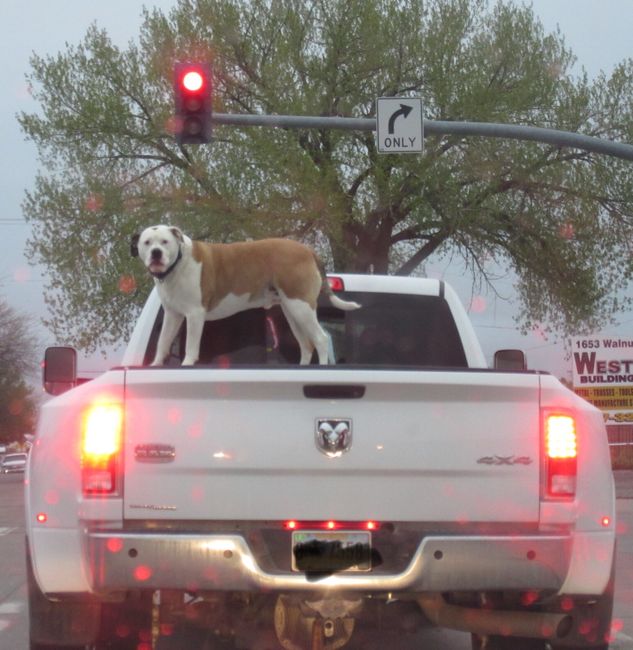
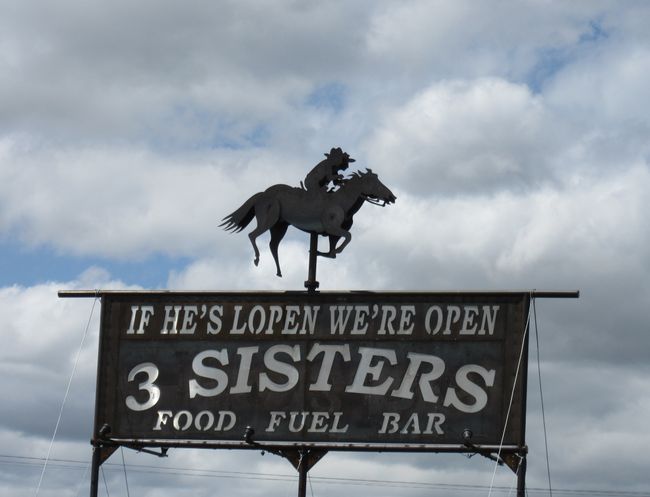
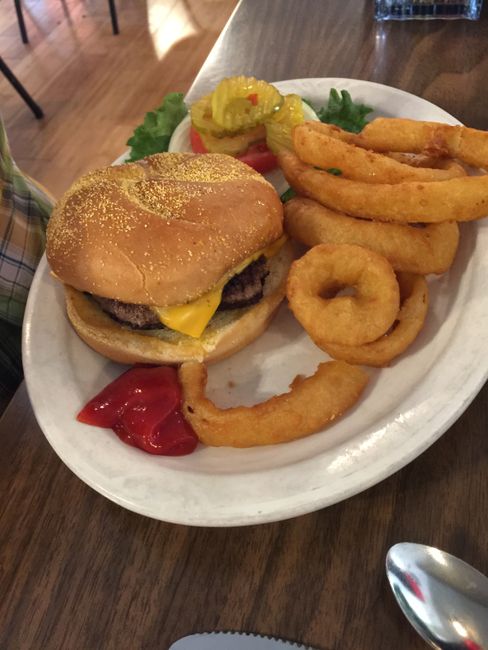
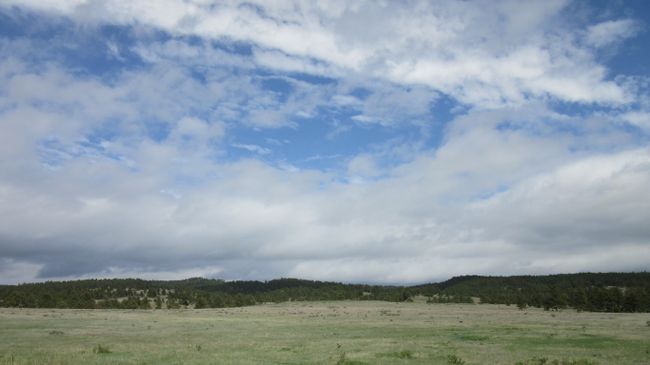
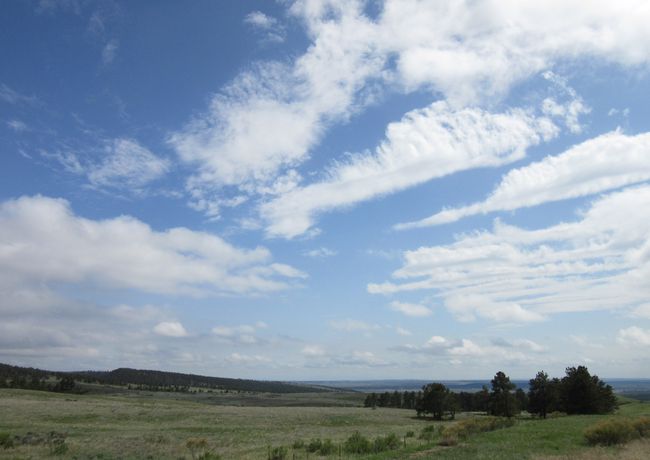
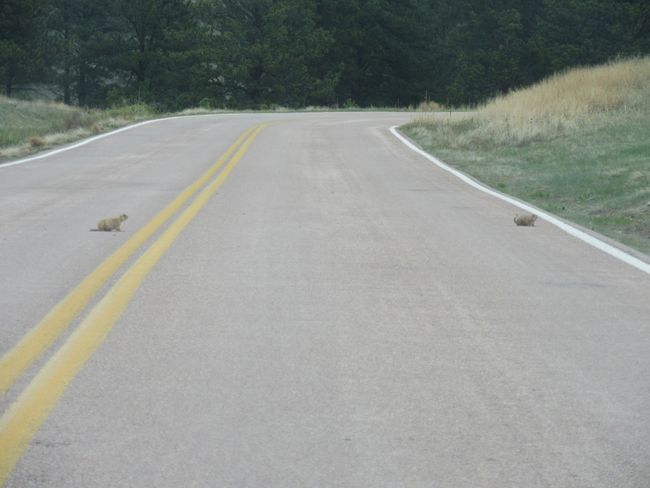
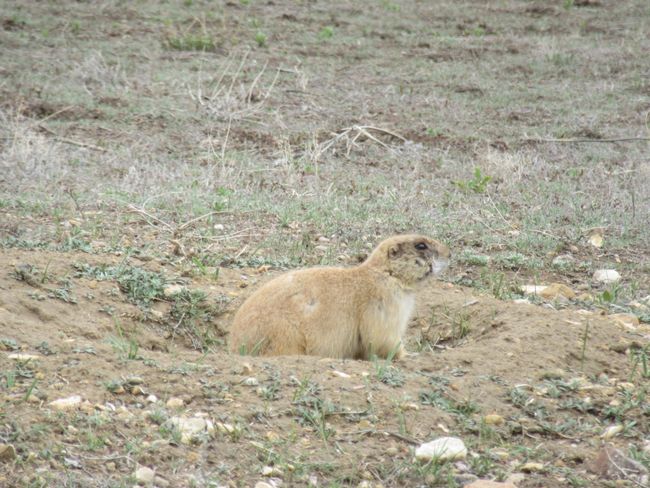
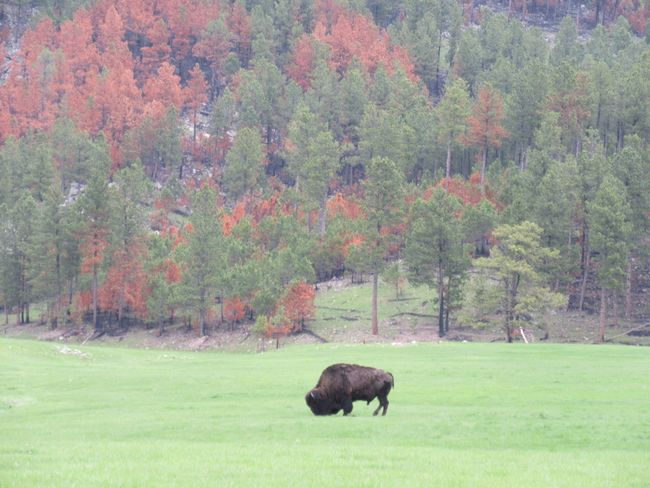
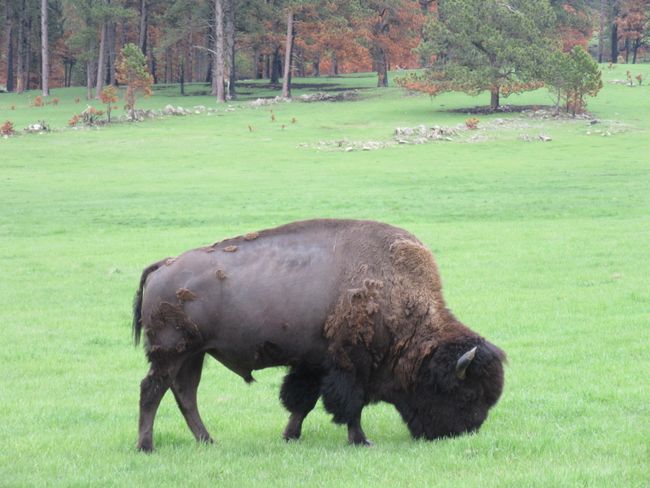
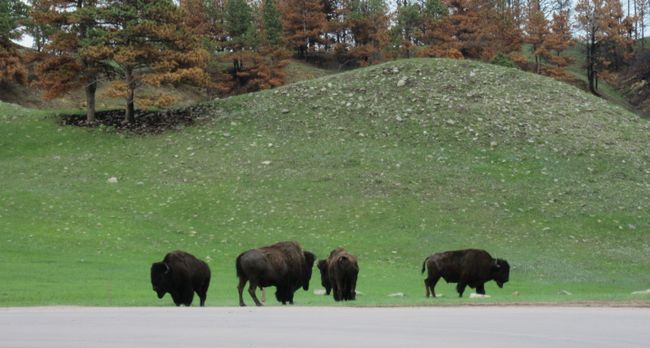
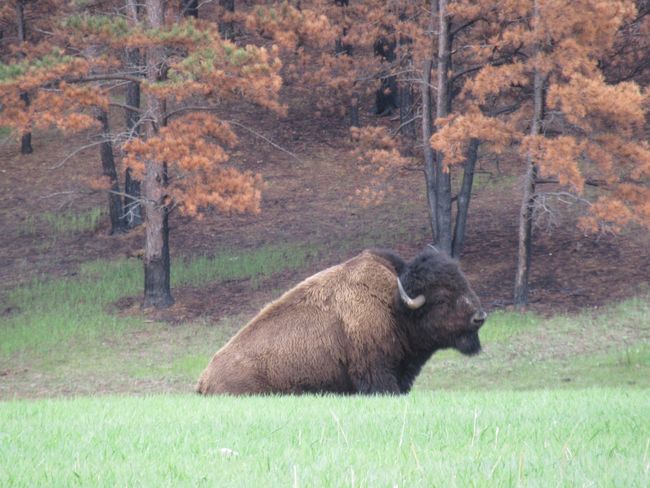
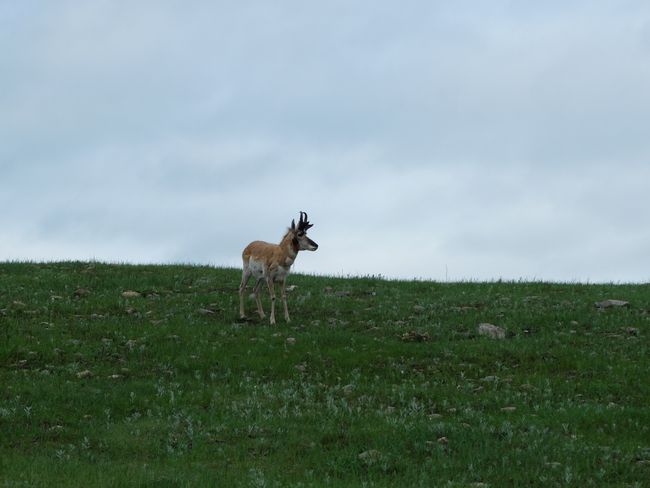
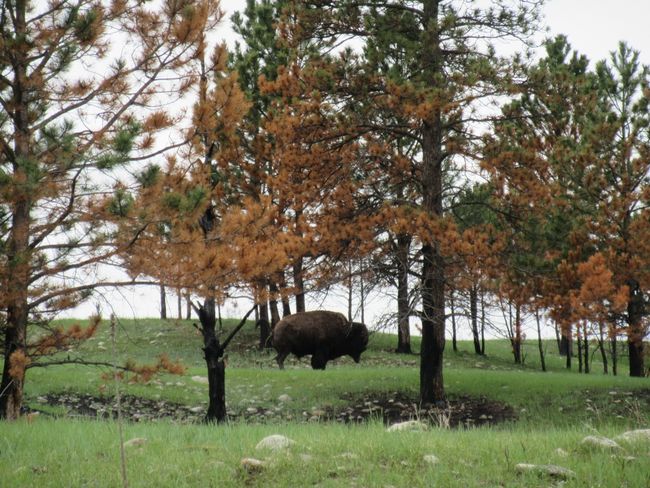
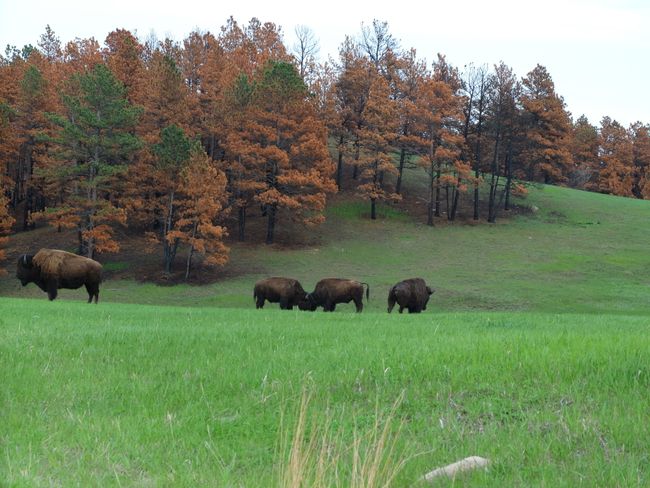
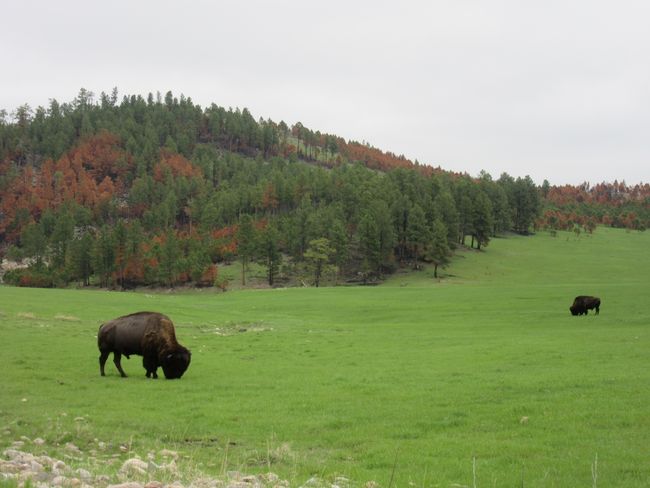
Εγγραφείτε στο Newsletter
Admittedly, we could only see the bones of the dinosaurs 🦕, the deer and buffalo later in full vitality.
Our journey through the national parks of the USA first took us to Dinosaur National Monument on the border of Utah and Colorado. We were only in the Utah part. The park is very well made, as always. At the visitor center, you first see a film about the many dinosaur bones found on site. Some of them didn't even have to be excavated, they were lying on the surface. In the early days of excavation, the bones were often stolen and carted off to the big cities and sold as attractions. The treasures in the ground were quickly recognized and the entire area was protected. The main place of interest is a cliff from which the bones were excavated. Only partially, so that they lie on top of each other. A hall was built around it to protect the excavation.
Further into the park, you can also find wall paintings from early Indian cultures.
We spent a few hours in Boulder, Colorado. A really nice little town by American standards, including a pedestrian zone. And real German smoked beer, as we could see during a small beer tasting 🍺. It doesn't taste good to us in Germany, and it doesn't taste good here either 😳
Next, we went to Colorado National Park. Not spectacular, but a beautiful, protected landscape with many animals. The park is high, the tourist roads run at about 2500-3000 meters. That's why there was still some snow, only one campground was open. In addition, the continental divide runs directly through the park: this means that the melting and rainwater on the west side flows into the Pacific Ocean, but the water on the east side of the park flows into the Gulf of Mexico and the Atlantic Ocean. We took the short walk to Bear Lake, which was still partially frozen, and finally saw a deer 🦌.
And finally, we set off to continue driving to the northeast. To the Black Hills, actually sacred land of the Cheyenne and Sioux. They also received the land as inviolable from the US government in 1868. As almost everywhere: my contract from yesterday doesn't bother me, gold was found, settlers came, and the Indians were displaced.
The Sioux fought back and won a victory against General Custer in the Battle of Little Bighorn River in 1876, all soldiers were killed. However, the Black Hills remained lost and after the following massacres - e.g. Wounded Knee in 1890 - the last survivors had to move to the reservations.
In Wind Cave National Park, we didn't look at the cave, but we did visit the park and the adjacent Custer State Park with its reintroduced bison. At the beginning of the 19th century, there were about 60 million animals in the entire prairie region. After the settlers and hunters' extermination campaigns, there were only about 600 left! Here in the park, it was realized that the landscape is ideal for the animals, and a successful reintroduction program was started with animals from Yellowstone and the Bronx Zoo. We could see that there are again some herds of bison 👍😄
The landscape here is simply incredibly vast. The grassland reaches the sky. Not spectacular, but you have a very free feeling. Not many people live here, but the ones you meet are very friendly. Today was Mother's Day, which is a big thing here. We took a break at a small gas station/shop/restaurant on the way. The tables with white tablecloths, a buffet for $14.99 (total cheap, there were already 3 kinds of meat alone), and it was packed. Nevertheless, the staff treated us nicely and chatted with us. I had a very healthy meal, cheese toast with fries. At Sandra's burger 🍔, there was at least salad. Everything was delicious and fresh, and cheap for that matter. That's how you have fun on a break in a town with 96 inhabitants 😄
Overall, the Wild West is upheld here. There are ghost towns and cowboy shows. More on that in the coming days.
Εγγραφείτε στο Newsletter
Απάντηση
